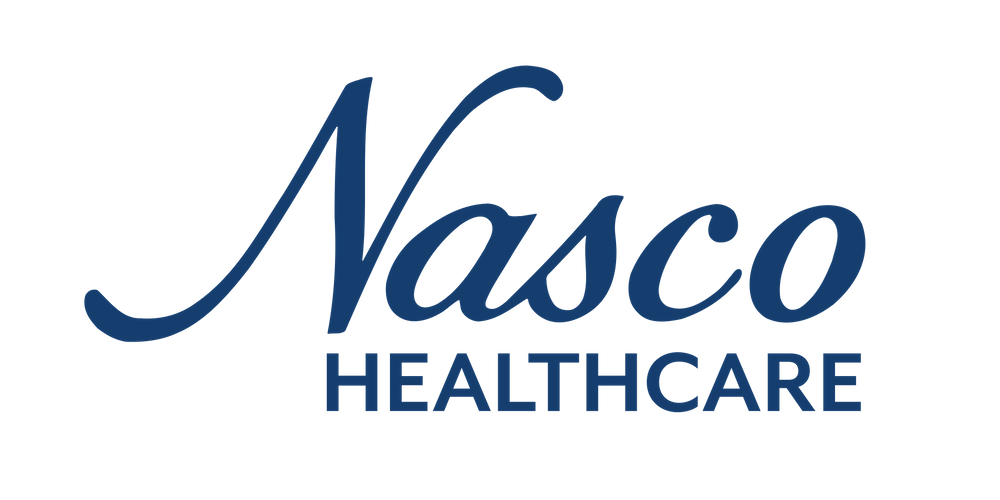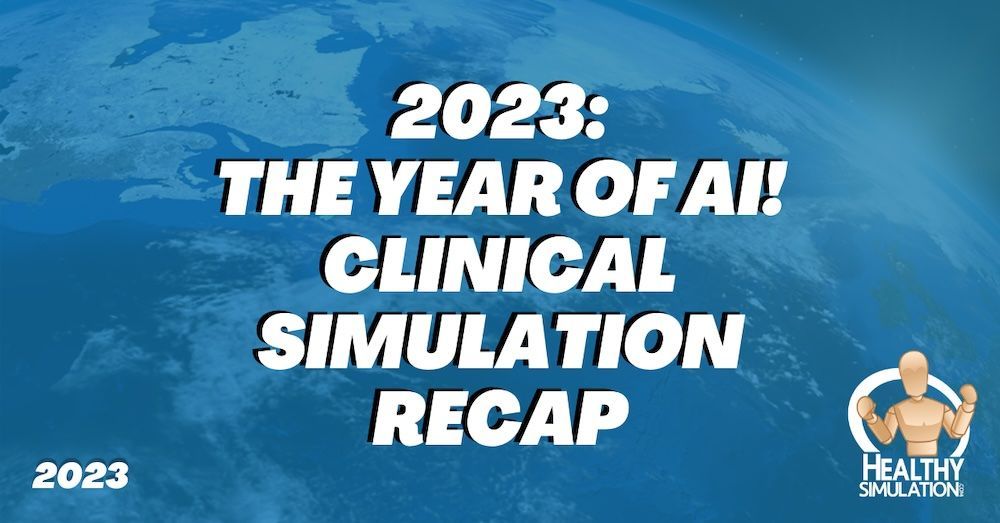Medical simulation provides an essential and irreplaceable training tool for patient care and crisis response. Simulators help all healthcare workers and their patients. Yet, to be truly effective, clinical professionals must adapt healthcare simulation solutions to reflect the needs of the communities they serve – locally and uniquely. All healthcare workers have different and diverse needs. This HealthySimulation.com article discusses how recognizing these diverse needs across healthcare simulation can help to increase patient safety measures and ultimately save lives.
As an example of these diverse needs, first responders require training unique from that of long-term care staff. Further, obstetrics/gynecology nurses are trained differently from phlebotomists. First-year trainees have different training needs from final-year trainees, and so on.
Similarly, patient needs are diverse too. There is diversity in patient age, race, and medical needs. Patients often come from communities with different levels of resources and access, and healthcare workers serve them all. Recognizing and responding to diversity is important and saves lives, but how can medical simulation professionals incorporate diversity into their work? The team at Nasco Healthcare, has several solutions, including lifelike realism, language equity, access barriers, specific training scenarios non-clinical skills, virtual and VR training, and a “listen, learn, deliver” approach.
Lifelike Realism: Racial and ethnic minorities tend to receive lower-quality access to healthcare. Lifelike realism can help towards solving that problem. Learners can benefit from simulators with different skin tones for a more lifelike experience with diverse patients. For example, the Advanced Multi-Venous IV & Injection Arm and the Catheterization Simulator both come in multiple skin tones. These products allow trainees to train on manikins that look like the community they serve. Healthcare leaders can choose to be more sensitive to patient needs. Healthcare workers must respect diversity, not ignore diversity.
Language Equity: Not everyone speaks English or uses this language for work. Healthcare professionals working and training in their primary language, perform better. This often marks the difference between saving a patient’s life and or losing them. Healthcare leaders need medical simulators and interfaces that work in different languages like the ALEX Patient Communication Simulator. Using AI, ALEX can learn and speak new languages. AI speech engines support digital patient interfaces like Spark that allow virtual training. Using AI language tools can help ensure that all healthcare workers train and perform at their best.
Access Barriers: Cost and availability can become barriers to healthcare access. Low-resource communities, remote or rural communities, and population-dense communities do not often get quality healthcare. To serve these diverse communities, healthcare leaders need robust, low-fidelity manikins like the Basic Buddy + CPR Manikin that works online (with strong internet) and offline (without the need for internet). Together, per the UN’s Sustainable Development Goals (UN SDG), healthcare leaders also need good education and training. A handful of healthcare simulation companies like Nasco Healthcare offer affordable education and training to the community, but more folks are needed to step up if the healthcare simulation community wants to have equitable access.
Specific Training Scenarios: Training in specific scenarios like a child in crisis, postpartum maternal recovery, neonatal care, etc. is critical. For example, healthcare workers cannot be ready to support childbirth if they are trained on a regular adult manikin. They need a specialized birthing simulator, like the Lucy Birth Simulator, equipped with a wide variety of scenarios from breech deliveries, and cesarean births to neonatal care. A child in crisis needs different care than an adult. Training on child-sized simulators like the Child CRiSis Simulator is critical.
Similarly, healthcare workers who care for the elderly need to be trained on realistic and weight-adjusted geriatric manikins, like the TERi Geriatric Trainer. As we saw during the COVID-19 pandemic, healthcare workers need to be trained for specific emergencies like cardiopulmonary conditions and respiratory emergencies. If we are to be ready for the next global health crisis, we need specialized simulators.
Non-Clinical Skills: Healthcare workers work in teams. In emergency scenarios, teamwork is often the most important factor when determining patient outcomes. For clinicians to work successfully, healthcare leaders need simulators that allow learners to train as teams and communicate clearly. ALEX is widely used to train teams in decision-making and patient assessment, and we need interactive simulators like ALEX to enable trainees to respond to changing scenarios and allow teachers to observe for clearer debriefing and assessments.
Virtual and VR Training: Rapid scale-up and deployment are critical during fast-changing situations like epidemics and pandemics. Digital medical technology is the solution. Virtual training and virtual reality (VR) allow for a full circle of support, rapid deployment, and full integration. Using real-time data integration Application programming interface (API), interfaces like Spark make VR scalable and accessible. With the right mix of technology and medicine, healthcare leaders can provide healthcare professionals and learners with customized training options that will lead to sustainable and better care. They can use these solutions to harness the advancements in digital medical technology to be future-ready.
Listen, Learn, Deliver: Stakeholders in the healthcare simulation market need to respect and respond to healthcare heroes. They must consider the needs of both healthcare workers and communities while developing simulation solutions. Diversity exists. Barriers persist. Representation matters. Healthcare leaders need to operate and train in local languages.
Effective training saves lives.
Whether healthcare heroes are Emergency Medical Services (EMS), Emergency Medical Technicians (EMT), Law Enforcement Officers (LEO), first responders, nurses, phlebotomists, geriatric nursing home staff, child birthing teams, or in the field, Nasco Healthcare supports them to Be READY. With over 6,000 products, the company has considered every need and offers the right simulation solution for any situation.
Nasco Healthcare strives to meet diverse global requirements with quality, reliability, and integrity. The company’s products are made to ISO9001 standards, and Nasco Healthcare backs this up with a warranty of up to five years. The company’s simulators are future-proof with easily upgradeable and replaceable parts. Nasco Healthcare is here to help healthcare heroes Be READY to answer the call. Be READY to make split-second decisions. Be READY to deliver when it counts. Be READY for any situation. Be READY to save lives.
In the end, that is all that matters.
More About Nasco Healthcare
Based in Saugerties, NY, and Fort Atkinson, WI, Nasco Healthcare provides a wide range of innovative and affordable healthcare simulation products to healthcare professionals worldwide. The company was started in 1941 by Norman Eckley, an agricultural teacher who developed educational tools from his farm. Eighty years later, Nasco Healthcare now has the largest range of healthcare simulation solutions in the world with over 6,000 rugged, reliable, and realistic products. Their mission is to prepare frontline healthcare workers to Be READY.






